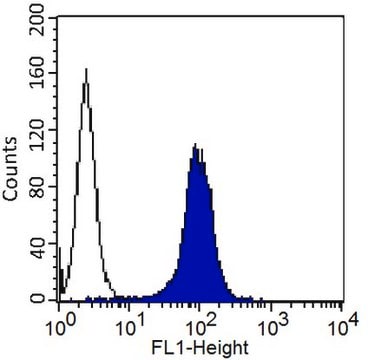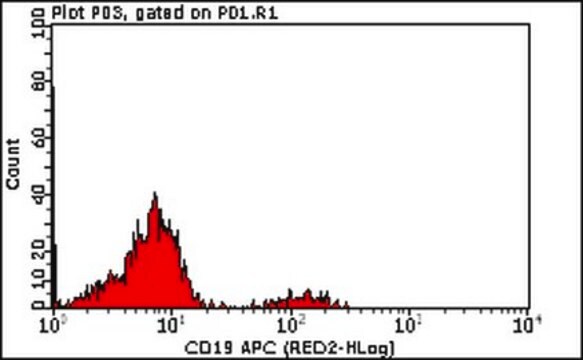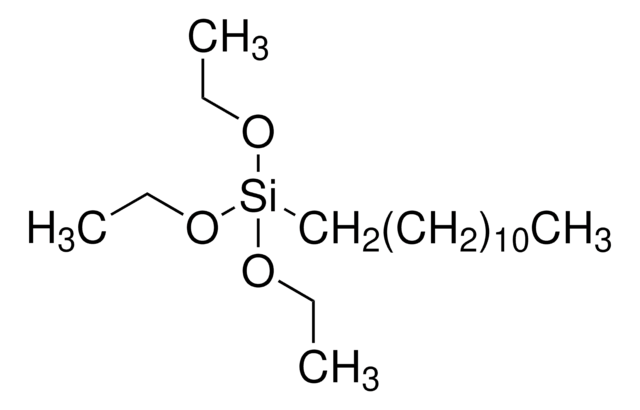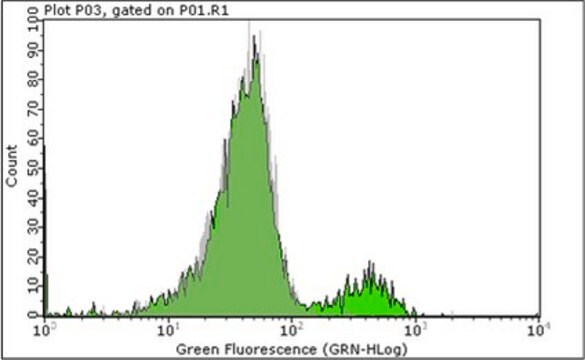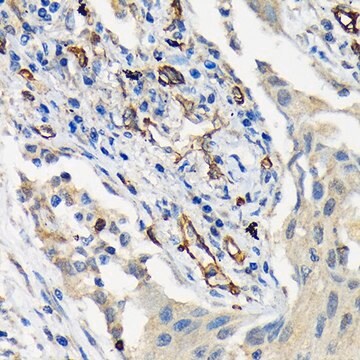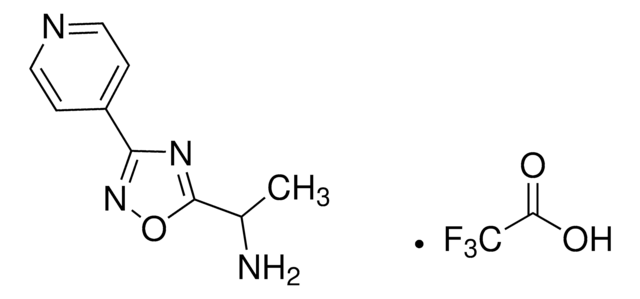MAB16985
Anti-MCAM Antibody, clone P1H12
clone P1H12, Chemicon®, from mouse
Synonym(s):
CD146 antigen, Cell surface glycoprotein P1H12, Melanoma-associated antigen A32, Melanoma-associated antigen MUC18, S-endo 1 endothelial-associated antigen, melanoma adhesion molecule, melanoma cell adhesion molecule
About This Item
Recommended Products
biological source
mouse
Quality Level
antibody form
purified immunoglobulin
antibody product type
primary antibodies
clone
P1H12, monoclonal
species reactivity
mouse, canine, human
should not react with
rat
packaging
antibody small pack of 25 μg
manufacturer/tradename
Chemicon®
technique(s)
ELISA: suitable
flow cytometry: suitable
immunocytochemistry: suitable
immunohistochemistry: suitable
immunoprecipitation (IP): suitable
western blot: suitable
isotype
IgG1
suitability
not suitable for immunohistochemistry (Paraffin)
NCBI accession no.
UniProt accession no.
shipped in
ambient
storage temp.
2-8°C
target post-translational modification
unmodified
Gene Information
human ... MCAM(4162)
Related Categories
General description
Specificity
Immunogen
Application
1-10 μg/mL of a previous lot worked in immunocytochemistry.Works best on EDTA or Trypsin lifted endothelial cells.
Immunohistochemistry:
1-10 µg/mL. 4% PFA for 30min RT or <2hrs at 4°C. Block w/ 1%BSA/0.2% tween20/PBS for 30min. Works well in frozen tissue; fixed or unfixed.
Immunoprecipitation:
1-10 μg/mL of a previous lot worked in immunoprecipitation.
ELISA:
1-10 μg/mL of a previous lot worked in ELISA.
FACS Analysis:
1-10 μg/mL of a previous lot worked in FACS.
Optimal working dilutions must be determined by end user.
Quality
Western Blot Analysis:
1:500 dilution of this lot detected MCAM on 10μg of HUVEC lysates.
Target description
Physical form
Analysis Note
HUVEC cells.
Other Notes
Legal Information
Not finding the right product?
Try our Product Selector Tool.
Storage Class Code
12 - Non Combustible Liquids
WGK
WGK 2
Flash Point(F)
Not applicable
Flash Point(C)
Not applicable
Certificates of Analysis (COA)
Search for Certificates of Analysis (COA) by entering the products Lot/Batch Number. Lot and Batch Numbers can be found on a product’s label following the words ‘Lot’ or ‘Batch’.
Already Own This Product?
Find documentation for the products that you have recently purchased in the Document Library.
Our team of scientists has experience in all areas of research including Life Science, Material Science, Chemical Synthesis, Chromatography, Analytical and many others.
Contact Technical Service
